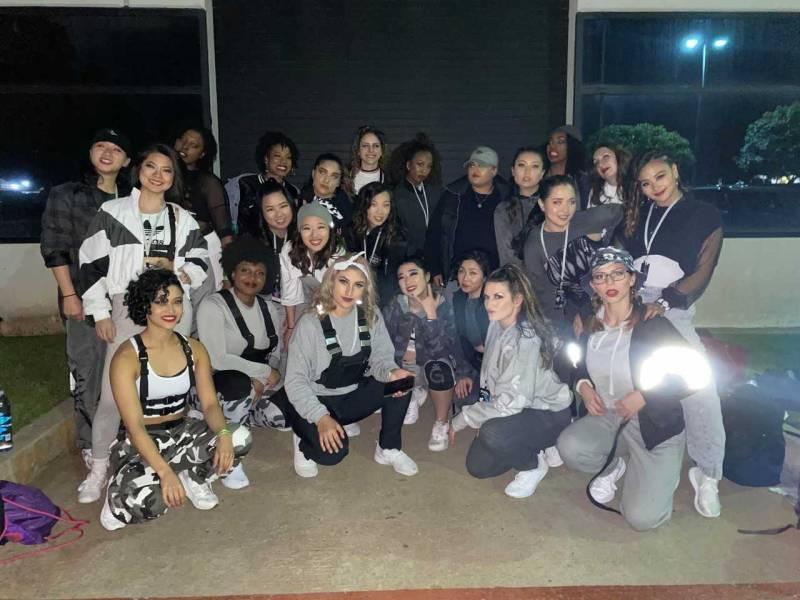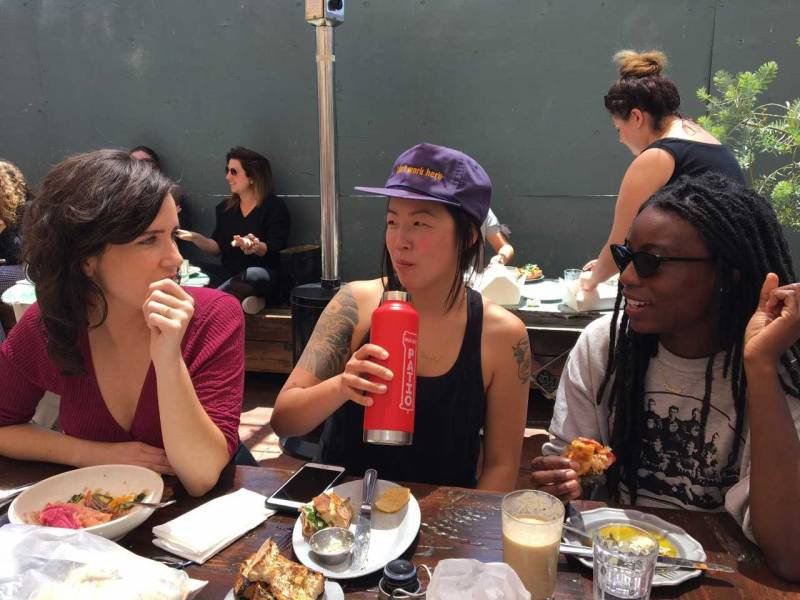Before shelter in place, Chin Lu trained weekly at In the Groove Studios in Oakland with her dance team. And though they’d rarely see each other outside of practice, she spent more time with these 30 women than with her closest friends. For several hours each week, they’d move, sweat, laugh and cheer each other on as they practiced challenging routines to songs by Roddy Ricch, T-Pain and Beyoncé.
“We don’t really chat that much while we’re dancing, so we’re enjoying and feeding off each others’ physical presence,” says the San Francisco marketing professional, adding that Zoom rehearsals with pixelated images and lagging audio haven’t felt the same. “When there’s no audience and you know there’s no one right there watching you and rooting [for you], you’re not trying to impress them or entertain them.”
Now that Californians have been sheltering in their homes for over two months to slow the spread of COVID-19, many have found themselves adrift without the communities that reinforce their sense of belonging to something greater. While family and close friends are reachable by phone or video chat, many people find their shrinking social worlds feel limiting, creatively uninspiring and destabilizing to their sense of identity.

Communities based on mutual interests, shared cultural identities or spiritual practices are sources of social support, meaning and replenishment. “These empowering community settings can contribute to individual psychological development, community development and positive social change,” writes Brian D. Christens, associate professor in Vanderbilt University’s Department of Organizational and Human Development, in a 2012 paper in the Community Development Journal. While technology can be a stopgap measure while we lack of in-person access to these communities, for many, the self-conscious, performative nature of Zoom calls doesn’t replace the flow of spontaneous social interactions.
Marcella Faustini and Charlie Leese, co-founders of San Francisco art gallery Cloaca Projects, miss off-the-cuff conversations the most. At Cloaca, they hosted art openings where artists of different disciplines—metalworkers, wood workers, electronic musicians, video artists, art book makers—hung out and mingled. Those conversations sometimes led to fruitful ideas and unusual collaborations.




